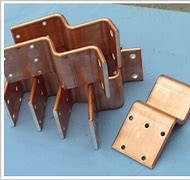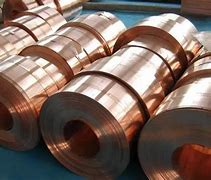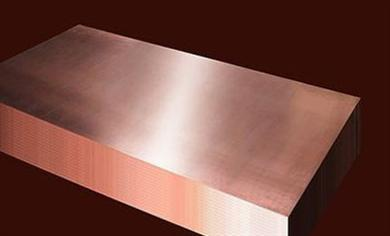**The Skinny on Copper: How Thick Is Type L Pipe Really?**
(How Thick Is Type L Copper Pipe)
Ever stare at a copper pipe and wonder about its strength? That shiny tube isn’t just hollow metal. Its wall thickness matters big time. It decides how much pressure it can take. It decides if it dents easily. It even affects the price. Type L copper pipe sits in a sweet spot. It’s a go-to choice for many plumbing jobs. But how thick is it actually? Let’s get into the details.
First, forget measuring the whole pipe diameter for thickness. That outer size is the same for different types. The difference is inside. It’s the wall thickness that changes. Think of it like a straw. A thick-walled juice box straw feels sturdy. A thin-walled cocktail straw bends easily. Copper pipes work the same way.
We measure pipe wall thickness in inches or millimeters. Sometimes people use gauge numbers. Lower gauge means thicker walls. It sounds backwards, but that’s the system. Type L copper pipe has a specific wall thickness. For common sizes like 1/2 inch pipe, the wall is about 0.040 inches thick. That’s roughly 1 millimeter. For 3/4 inch pipe, it’s also about 0.040 inches. For larger 1-inch pipe, the wall jumps to about 0.050 inches. So the thickness increases slightly as the pipe gets bigger.
Why does this specific thickness matter for Type L? It’s all about balance. Type L offers good pressure handling. It resists bursting better than thinner Type M pipe. This makes it safe for water supply lines inside your house. It handles the pressure from your city water main or well pump. Type L also holds up well against physical bumps. It won’t dent as easily as thinner pipe if you accidentally knock it. This toughness is useful during installation and over the pipe’s long life. It provides a solid barrier against leaks.
Compare it to Type M. Type M has thinner walls. For 1/2 inch pipe, Type M walls are only about 0.028 inches thick. That makes Type M cheaper. It also makes it lighter and easier to bend. But that thinness is a trade-off. Type M handles less pressure. Building codes often restrict Type M to only certain indoor uses, like drain lines or low-pressure hot water. It’s not strong enough for the main water supply entering your home in many areas. Type M dents much more easily too. A misplaced ladder or heavy furniture could cause a problem.
On the thicker side, there’s Type K. Its walls are significantly heavier. For 1/2 inch, Type K is about 0.049 inches thick. That extra metal makes Type K super strong. It handles very high pressure. It resists damage extremely well. You find Type K buried underground for water service lines. It survives the pressure and the dirt. But all that extra copper costs more money. It’s also harder to cut and bend. For most inside-the-house plumbing, Type K is overkill. It’s stronger than needed and more expensive.
(How Thick Is Type L Copper Pipe)
So Type L finds its place right in the middle. Its thickness gives it reliable strength for water supply. It handles normal household pressure without worry. It offers good protection against freezing bursts compared to Type M. It provides solid resistance to dings and dents. It costs less than the ultra-heavy Type K. This combination makes Type L the reliable workhorse for plumbers. Next time you see that copper pipe running to your faucet, remember the hidden strength in its walls. That specific thickness keeps your water flowing safely.
Inquiry us
if you want to want to know more, please feel free to contact us. (nanotrun@yahoo.com)



